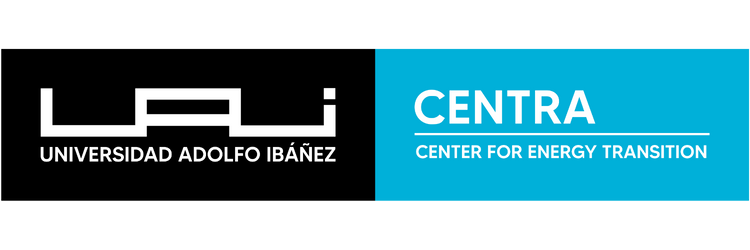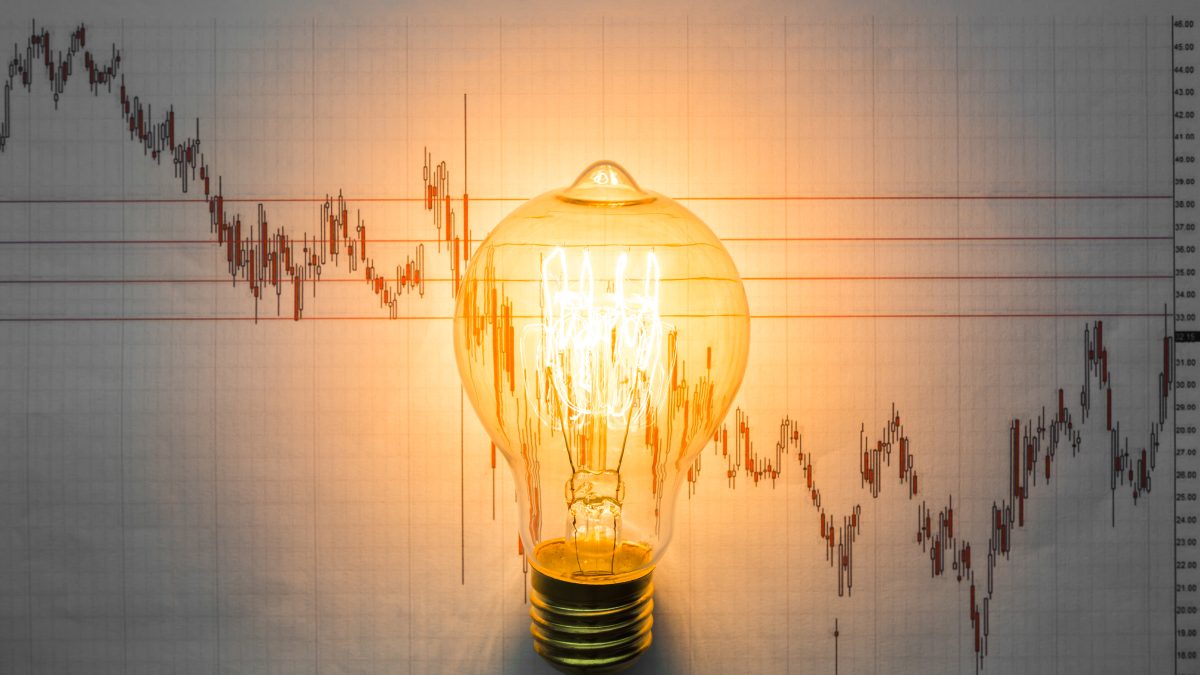The urgent need to meet an unstoppable demand
April 3, 2025
The increase in energy demand and its cost has grown by about 20% over the past ten years, and this fact is relevant in a market such as mining. In the coming years, there will necessarily be a strong introduction of new energy sources, based on energy efficiency as a basic principle. About this present and future, we spoke with representatives from Anesco Chile, CENTRA UAI, and the Mining Council.
As time progresses, the energy consumption of mining increases, especially in the large-scale copper mining segment. In contrast, energy production develops at a lower rate than demand. On average, experts and the most reliable market reports place the energy consumption demand in the range of 12% to 35% annually within the country’s energy matrix, considering the different types of energy. These figures are high and are also a strong indicator of mining’s heavy dependence on energy. In fact, according to data from the Mining Council, within mining operational costs, it is estimated that 11% corresponds to electricity and another 4% to fuels.
The trend shows, apparently, only one path: mining companies urgently need to develop a strategy based on efficient energy solutions, and suppliers have a key role in meeting that need.
The supremacy of “clean” energies
Currently, companies use different energy sources for their operations, both for electricity supply requirements and for thermal supply.
According to Juan Andrés Méndez, General Secretary of Anesco Chile A.G., energy sources are increasingly becoming cleaner, with their use in the industry driven by commitments to decarbonize operations to reduce emissions, lower operational costs, ensure long-term sustainability, and implement energy efficiency measures in mining sites and plants.
“Although the industry continues to largely operate using diesel in transportation and with electricity supply contracts with generators, greener solutions driven by other complementary sources (such as the use of gas and renewables for heating solutions and thermal energy for processes) are already being applied, and more and more companies are diversifying their energy sources,” explains Méndez.
An example of this is the development of projects with the direct or complementary use of NCRE, based on solar energy for electrical and thermal requirements. According to Cochilco reports, the annual energy consumption (electricity + fuel) in copper mining is approximately 186,000 TJ, with 53% coming from electricity and 47% from fuels.
“The largest fuel consumption occurs in CAEX trucks used in open-pit mines, while the highest electricity consumption is concentrated in grinding processes. Regarding electricity, it comes from the National Electric System (SEN), where in 2024, 68% of generation came from renewable sources and 35% was contributed by solar and wind generation,” explains Rodrigo Barraza, Director of the Energy Transition Center (CENTRA) of the UAI School of Engineering and Sciences.
Although renewable energies, especially solar energy, have experienced accelerated growth in recent years — says the UAI academic — this penetration is limited to electricity generation through photovoltaic plants. Thus, it appears that in terms of replacing fuel for industrial processes, there is still much to be done.
From rigid contracts to renegotiation models
Ensuring the production of copper and its derivatives, through increasingly automated processes, requires a stable energy supply, with efficient costs that allow for profitable operations. Until now, that list of needs has required long-term contracts with energy suppliers, sometimes restricting the possibility of innovating in the implementation of new energy solutions.
As José Tomás Morel, Head of Studies at the Mining Council, indicates, contracts have traditionally always been between 5 and 20 years because they seek the necessary price stability to project operations and expenses.
However — he adds — several mining companies have adopted new energy strategies to include more sustainable solutions in parallel. “For example, self-generation projects for energy-intensive processes, not only electrical but also thermal, where the use of more polluting fuels is displaced and the degree of dependence on external suppliers is reduced, without affecting existing contracts.”
According to the executive from Anesco, another interesting example is the power purchase agreements (PPA) with renewable energy suppliers over the long term, which ensure the energy supply through clean and renewable sources without affecting other existing contracts.
Indeed, for José Tomás Morel, although being long-term means a gradual advance toward the incorporation of renewable energies, in some cases there have been renegotiation processes in which partner companies advanced the change.
For Rodrigo Barraza, more can always be done. He insists that although contracts may limit flexibility in adopting new energy sources, the main restriction for integrating solutions such as self-generation is not contractual; it is the lack of experience in this area within the mining industry. “In many cases, the priority continues to be on optimizing production and not on direct energy management,” he emphasizes.
Optimizing consumption is the law
The Energy Efficiency Law and its current regulation establish the obligation to implement an Energy Management System (EMS) for consumers with an annual consumption greater than 50 Tcal/year, the target for most medium and large mining companies.
But what does continuous monitoring of energy consumption imply? According to the 2024 report from the Ministry of Energy on the progress of EMSs, the main actions implemented in mining include: replacement of equipment with more efficient versions; installation of control systems and process optimization.
“However, a significant reduction in the sector’s energy consumption has not yet been observed,” experts such as Rodrigo Barraza point out. In fact, copper mining energy consumption has grown around 2% annually over the last five years, while fine copper (TMF) production has remained stable or slightly decreased. “This has caused an increase in the specific energy consumption (TJ/TMF), mainly attributable to the decrease in mineral grade,” says the director of CENTRA.
The Energy Efficiency Law and emission taxes have driven more and more companies to implement energy management systems (EMS) to monitor, control, and optimize energy consumption in various operations. Juan Andrés Méndez indicates this and adds that various energy efficiency measures have been implemented to minimize costs. Some include equipment modernization, application of more efficient technology, automation, cogeneration systems, and the use of renewable energies.
“For example, one of the most important mining groups in Chile is building a project aligned with the use of NCRE to complement its thermal energy requirement in processes, where hydrocarbon use is being displaced by thermosolar plants for heating the electrolyte in the copper electro-winning process. The goal of implementing these measures will always be to make processes more efficient to meet long-term sustainability standards,” he says.
Energy Efficiency and ROI: do the numbers add up?
Although energy efficiency projects can offer solidly attractive returns, their implementation often competes internally with other investments more aligned with the core mining business.
A new system to accelerate production may attract more attention than one for energy savings. Additionally, these projects require financial and human resources, which are often prioritized for initiatives directly related to production, says Rodrigo Barraza, “a situation that has limited the speed at which energy efficiency technologies are adopted, despite their economic and environmental benefits in the medium and long term.”
However, when they manage to enter, advance, and materialize, energy efficiency projects can achieve a spectacular return on investment, ranging from 2 to 15 years. “Although each is evaluated on its merit, generally, when we talk about energy complementarity projects, mainly aimed at integrating solutions with NCRE into operations, the return on investment is given within a term (between 5 to 15 years, for example), according to the contract and the operational savings that may result, compared to, for example, energy modernization projects and/or displacement of more polluting fuels, which may have payback periods under 5 years, or the implementation of energy management systems that can pay off in one to two years,” he details.
Mining is steadily advancing toward projects that incorporate renewable energy sources such as solar or wind in their operations, and as José Tomás Morel indicates, it is the industry with the greatest traceability in renewable energy consumption.
“According to figures from the Renova platform, from the National Electric Coordinator, of the total energy verified as coming from renewable plants, 87% corresponds to mining,” he concludes. A good sign within the national energy landscape.

